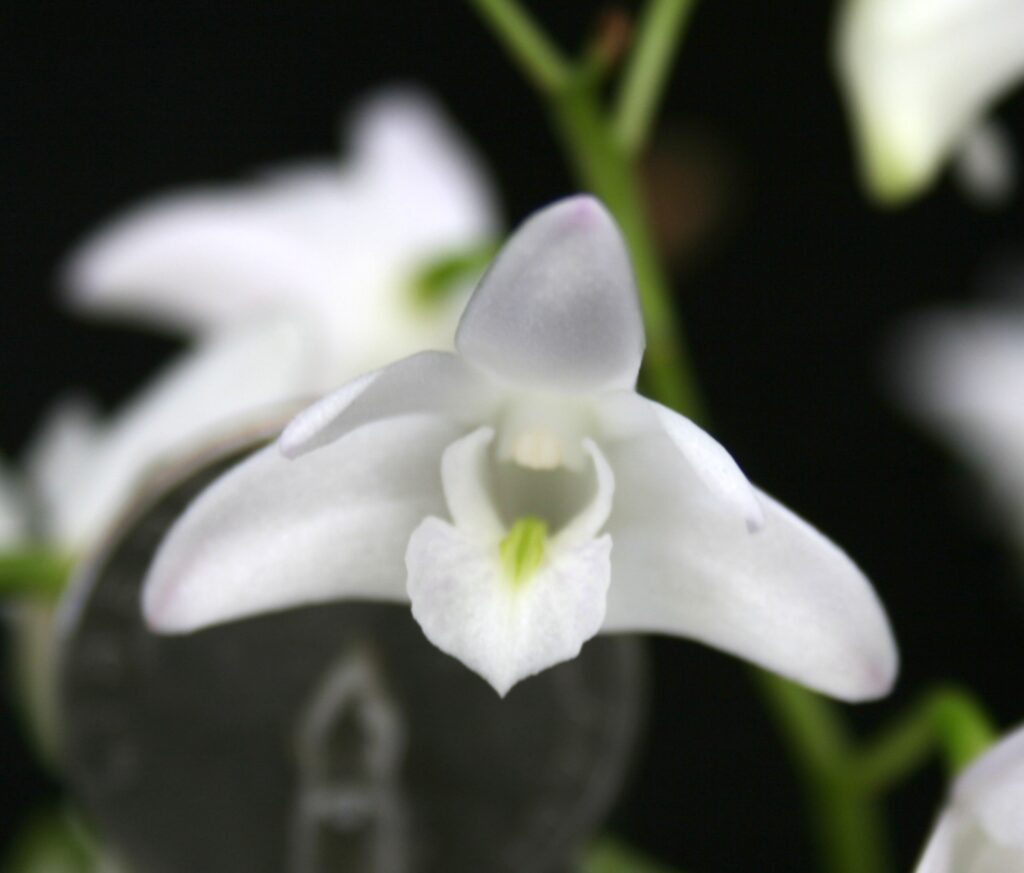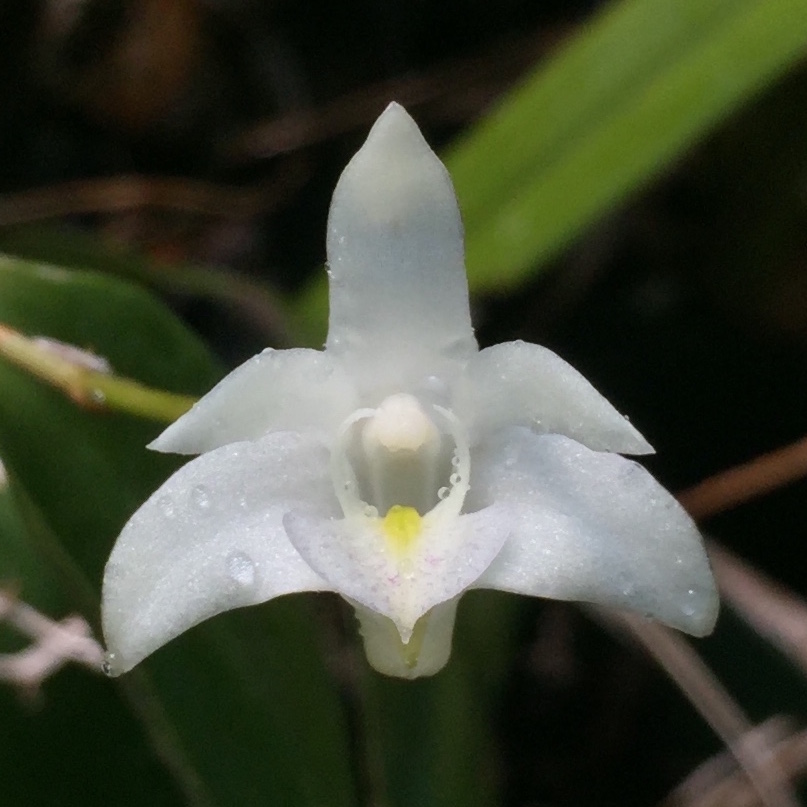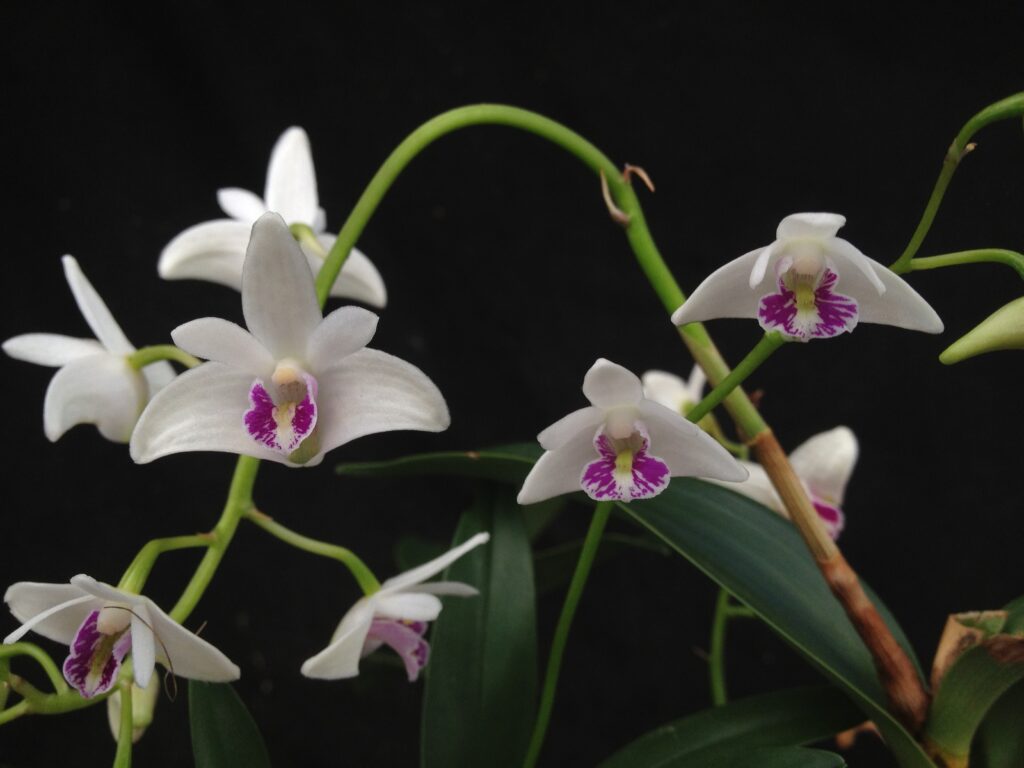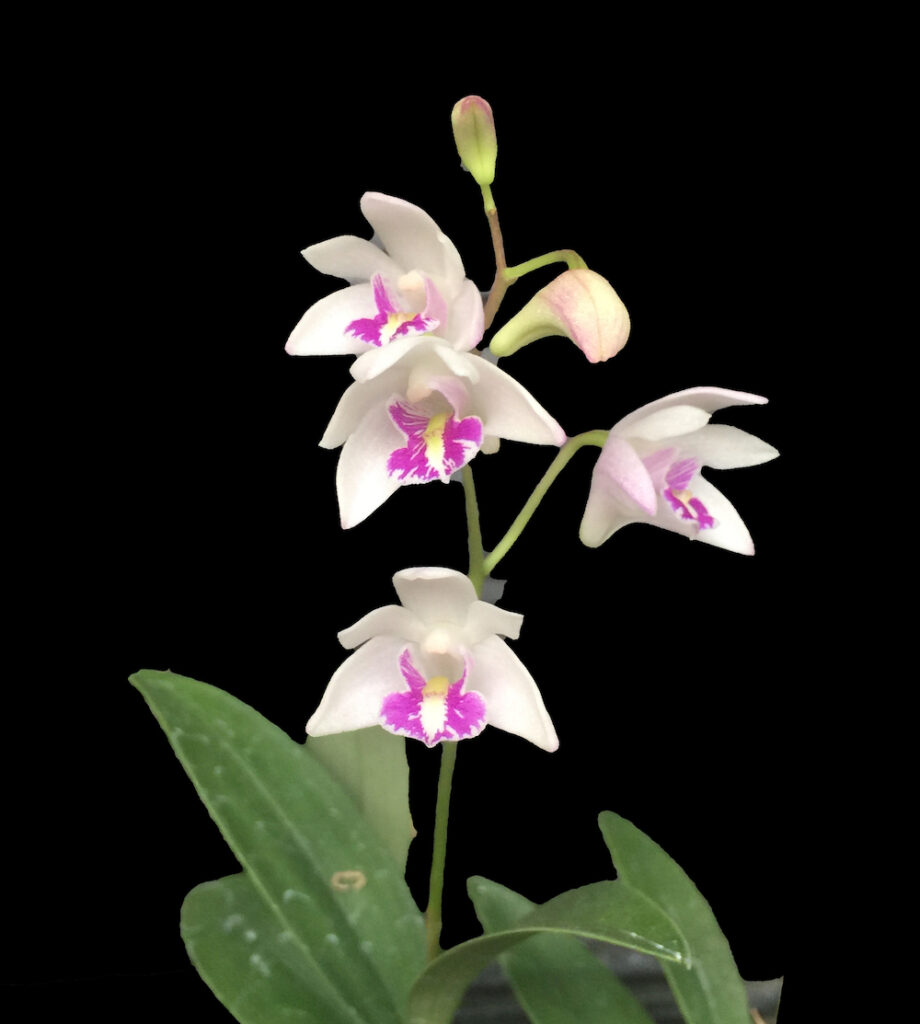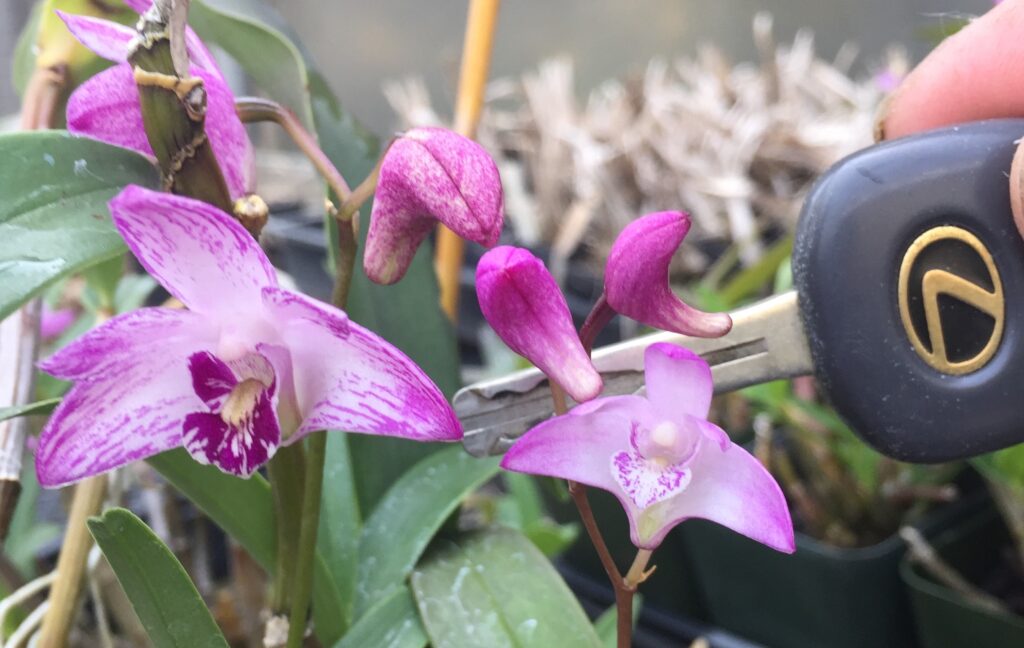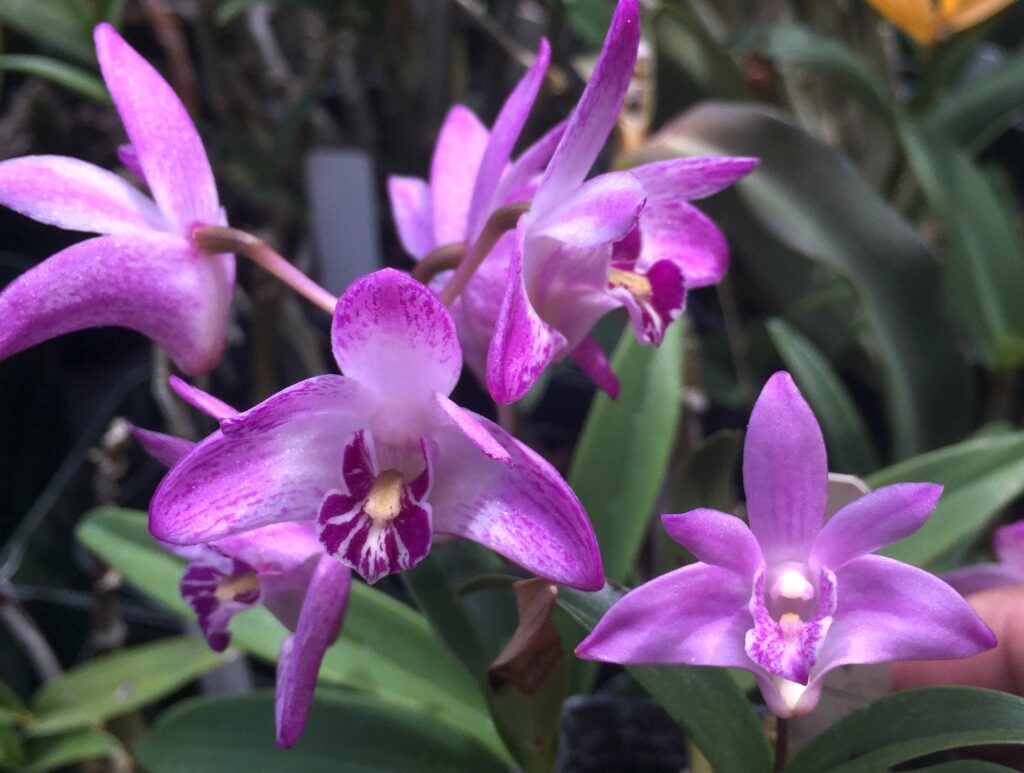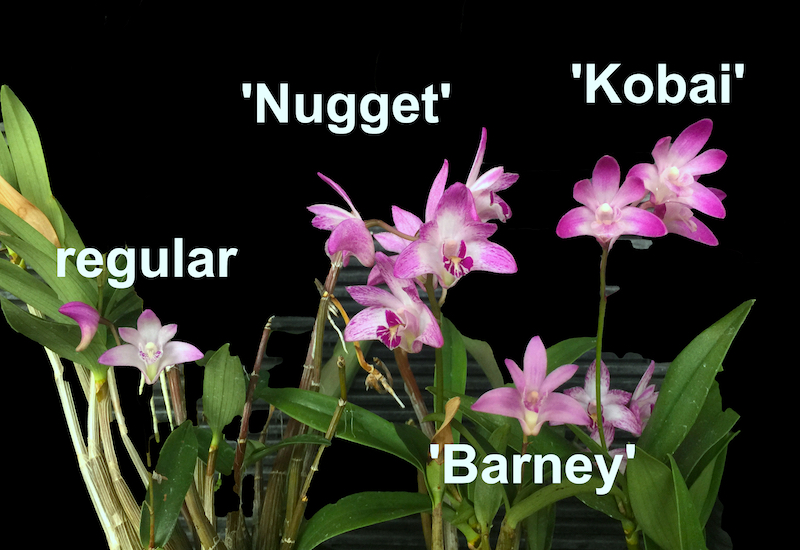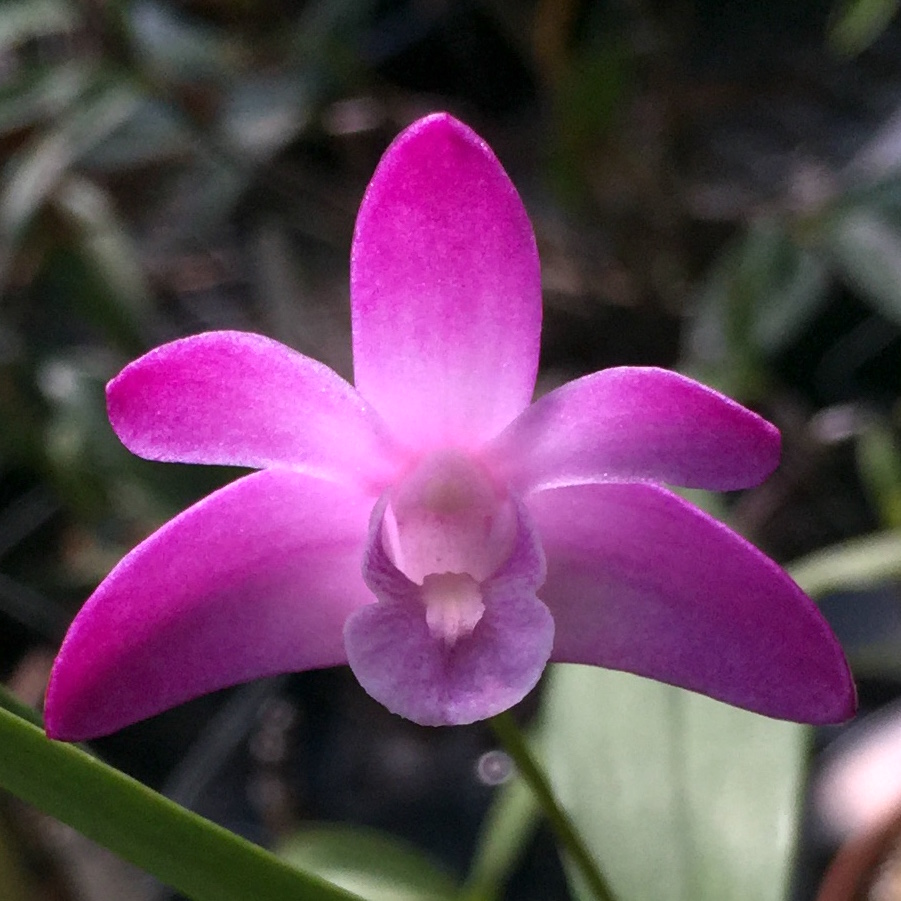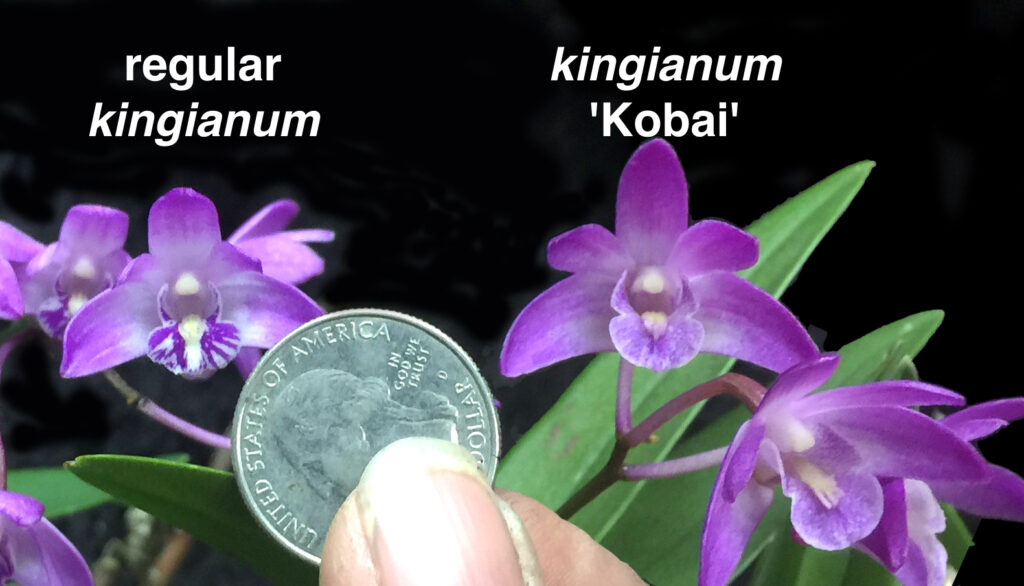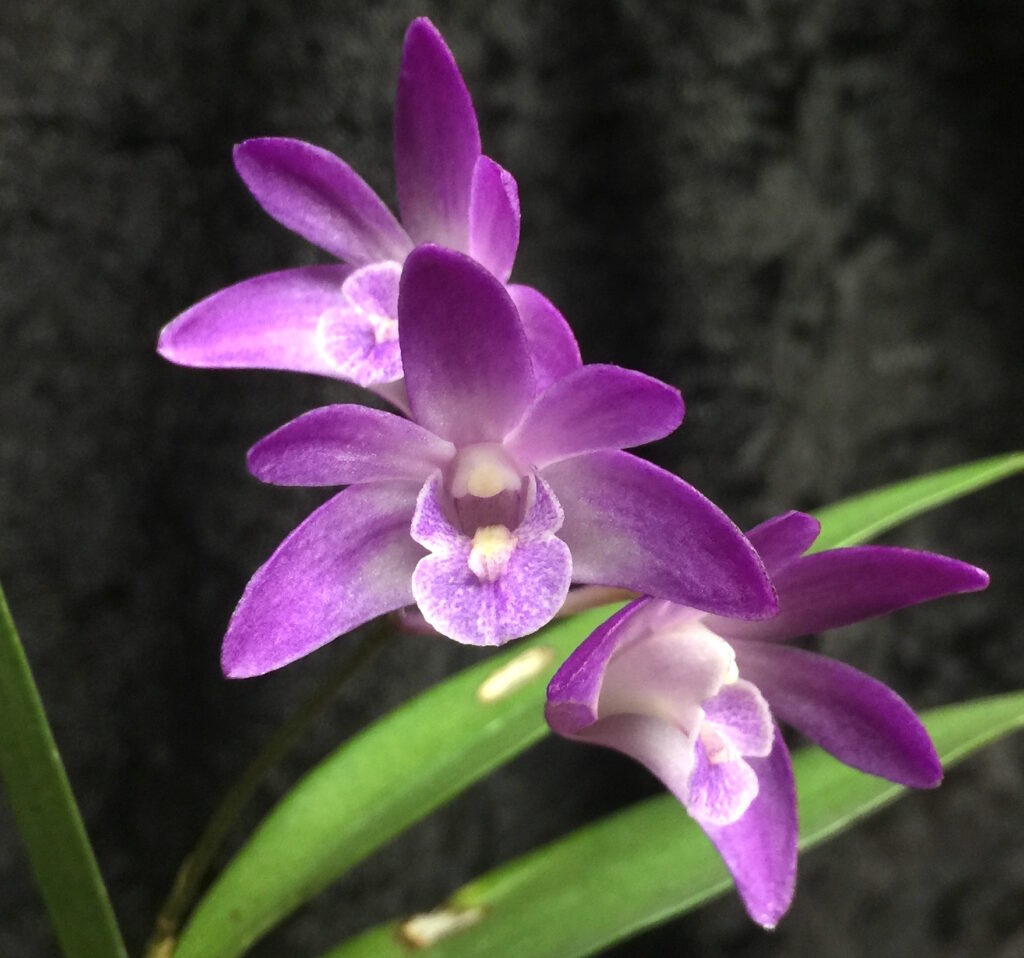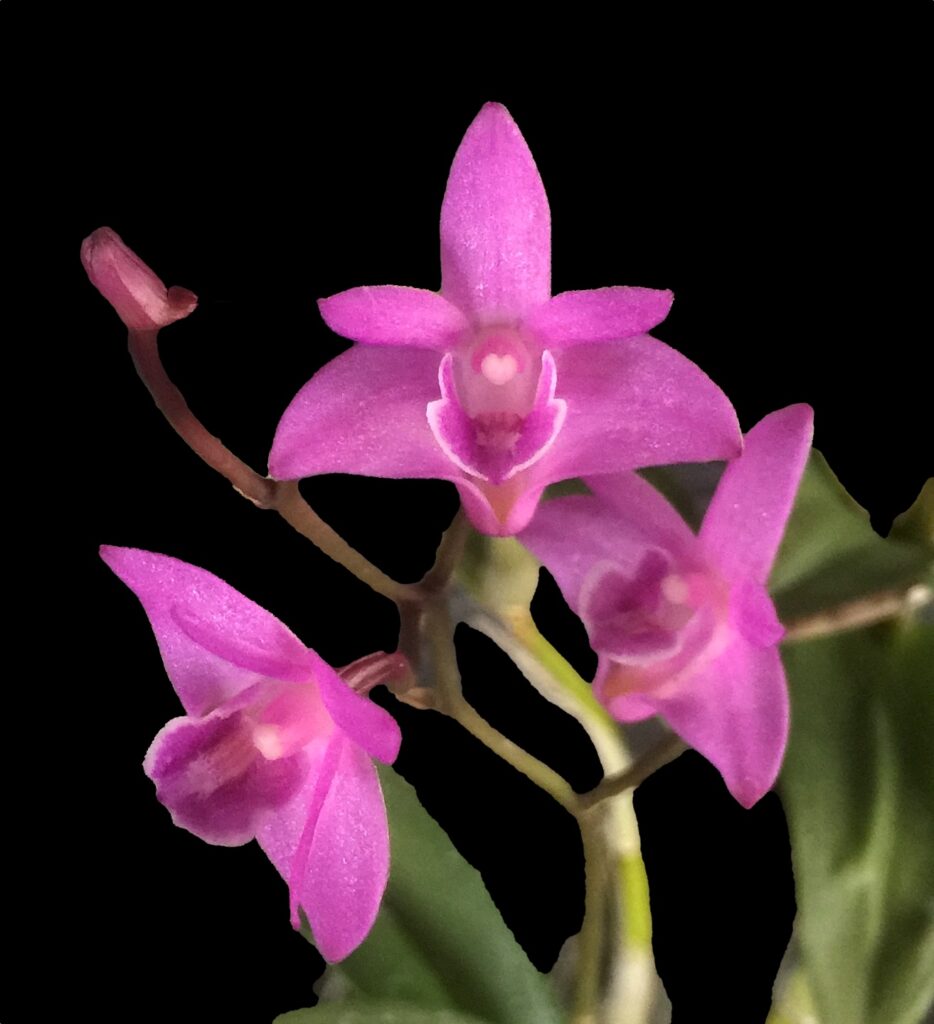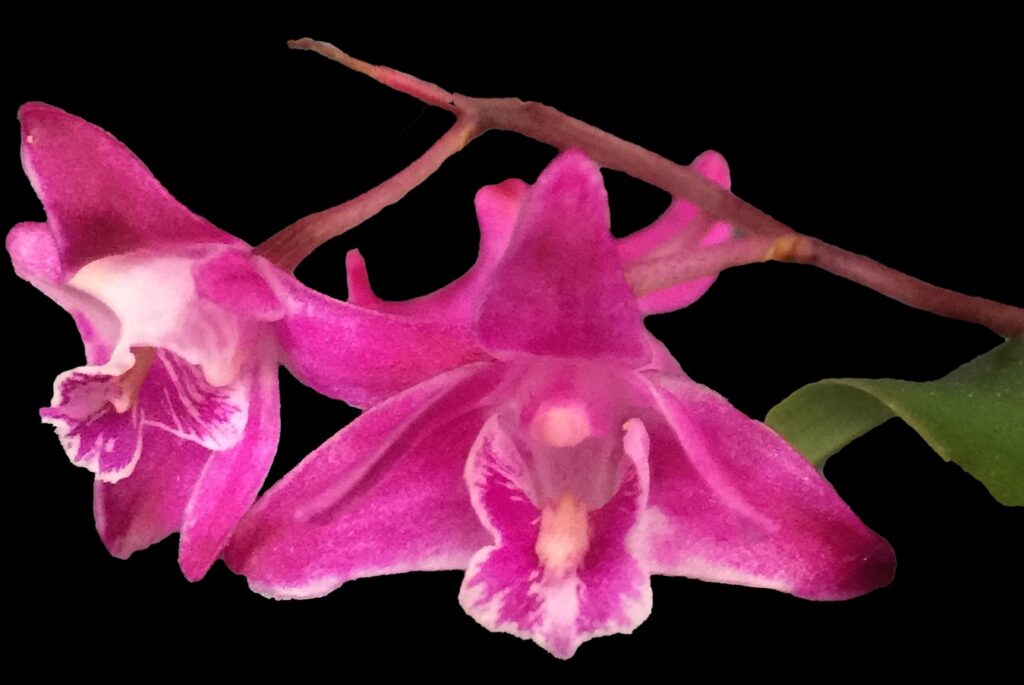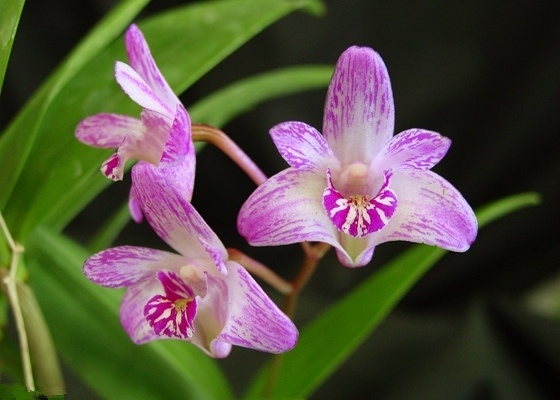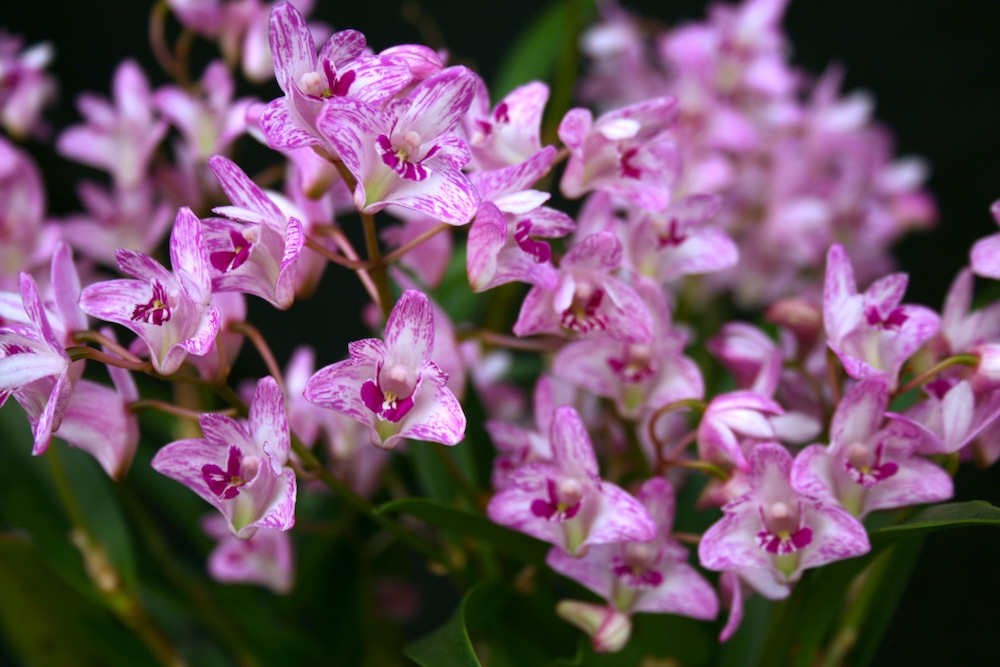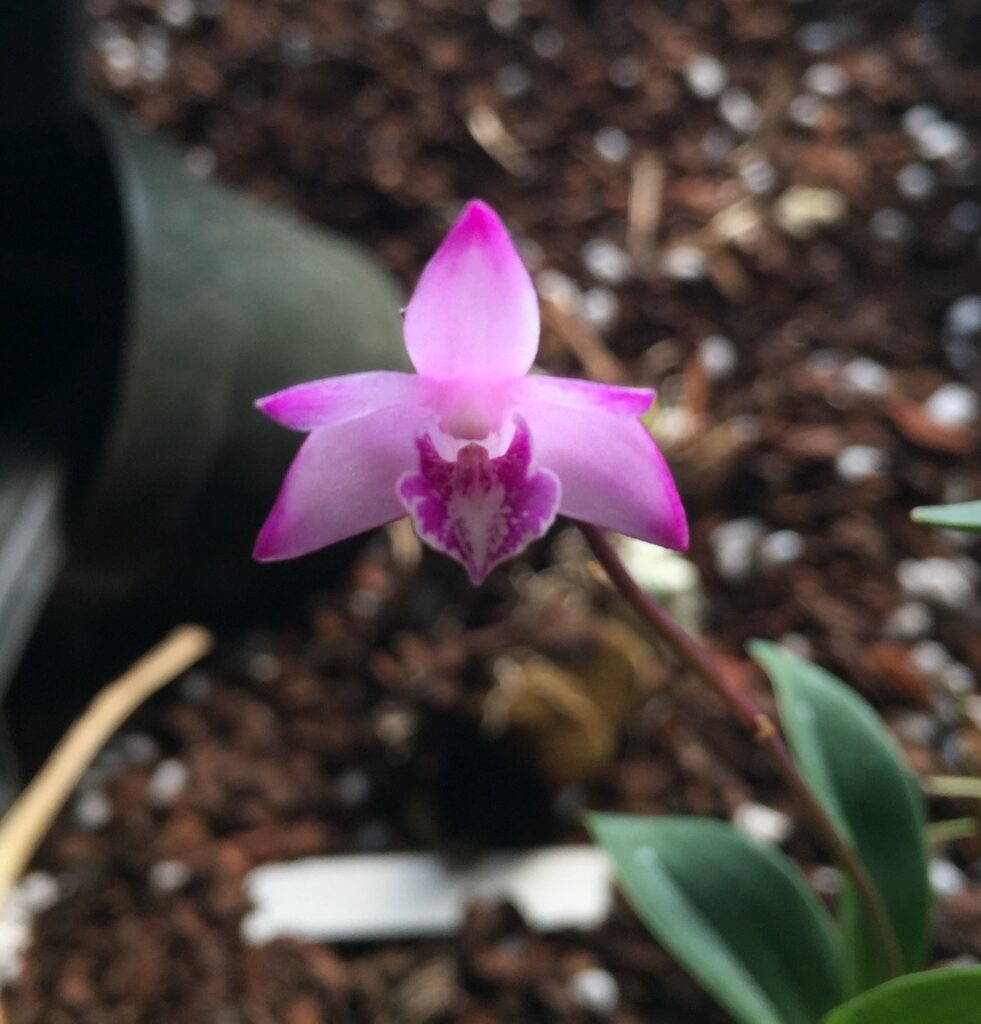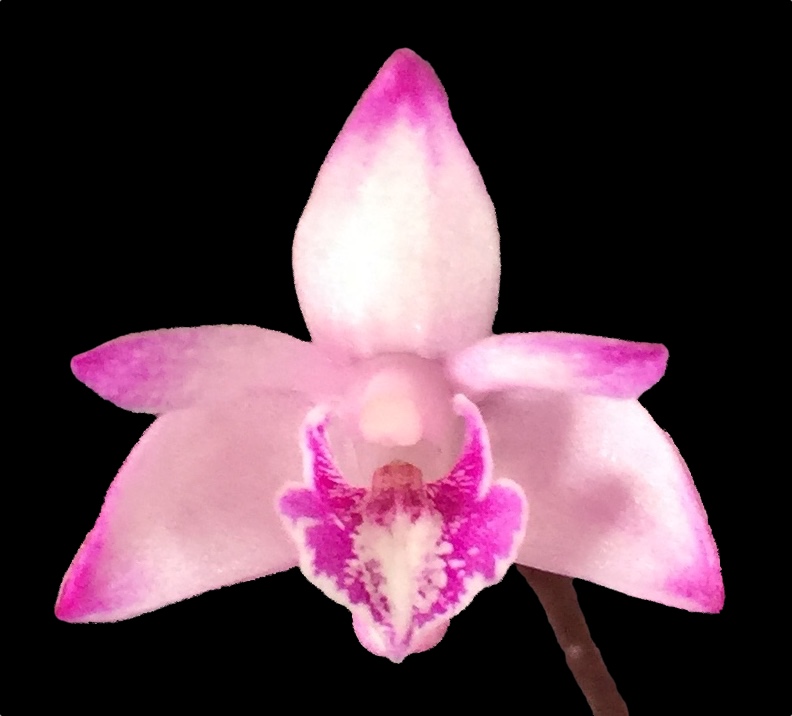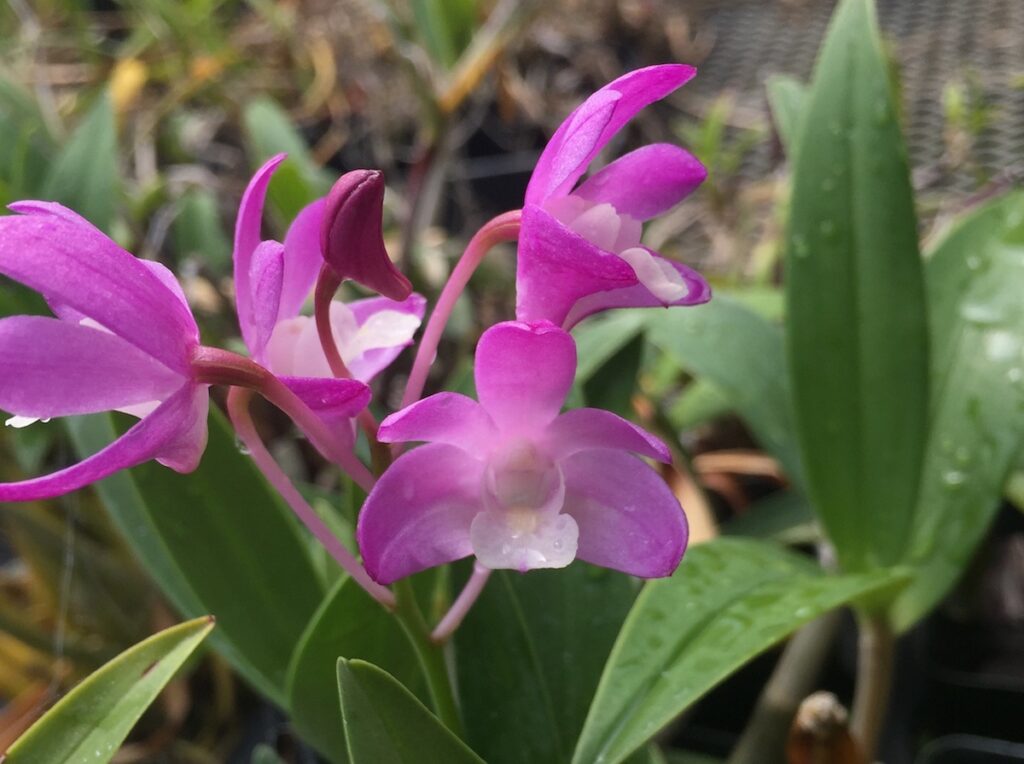Many new orchid growers fail, not because they don’t have the proper growing media, or the right pots, or the best water. These new growers fail because they don’t have the proper expectations about growing orchids. They start with WRONG expectations and assumptions, derived from their experience growing garden plants (usually very fast growers as compared to orchids) or they’ve gotten information about orchids that doesn’t apply to their level of growing skill, or they assume that “plants are plants” and they all need the same kind of care. These wrong expectations and assumptions lead to bad choices that then lead to stressed/dead orchids.
An example: newbie growers eagerly look for new shoots, new leaves, new roots, and new flowers. And they want to see these things FAST. What many new growers don’t understand is that all of these things take much more time with orchids than garden plants or house plants (and may be seasonal).
So the excited new grower gets a new orchid but doesn’t see what s/he expects after just a few days or a couple of weeks, and then does something really unfortunate, like switches over to a different cultural style, or repots in some sure-fire magic mix, or dumps in some magical fertilizer additive. But the poor plant starts showing stress, and our new grower gets more worried. She scours the web for advice, and looks for the cause of her orchid troubles. Then she tries a bunch of different things in rapid succession, or even worse, all at once.
Now her orchid is thinking, “Wait! What is going one here? First this new mix, now this seaweed stuff? And now an antifungal powder? But what about the good mycorrhizae fungi on my roots that scavenge nutrients for me? What’s happening? I must be in an orchid newbie’s house! Nooooo! Why me? Why couldn’t it have been that clone with the big blooms and sassy attitude next to me at the nursery? Get me outta here! This is too much. It’s all happening too fast! I can’t take it anymore! HELP!”
Unfortunately, everything our new grower has done to help her orchid has only made things worse, and both she and her orchid are frustrated. So our newbie grower tries again with some more orchids. But because she still has the wrong expectations and the wrong ideas, she just repeats the vicious cycle with new variations, and ends up with the same frustrating results.
A few more turns of this cycle, and the more self-aware growers start to realize, “Hey, maybe it’s not you (orchids/vendors/universe). Maybe It’s me. Maybe I’m the problem.” Other new growers, not so much. They blame the vendor for selling them sick plants, they blame the media, they blame the fertilizer, they blame the air, wind, and sun. For these blame-everyone folks, my suggestion is: try a rock garden.
But if you’re one of these new growers who has gone around the orchid newbie’s wheel of misfortune a few times and desperately want to stop the cycle of orchid killing, how do you break out? It’s easy: drop your old expectations and assumptions about orchids. Don’t assume you know anything. Then learn what orchids need, and give it to them. (Also, there are orchid support groups available — they’re called orchid societies, and there’s probably one near you eager to have you join, especially if you’re under the age of 40. Or even 50. OK, even under 60 is welcome. OK, any age.)
Here are three simple steps to breaking out of the vicious cycle:
1) Don’t repot new orchids right away. They were doing fine in the pots and media you got them in, and they’ll be fine for another few months.
2) Give your orchids high humidity conditions. This will solve the majority of your growing problems. Almost no orchids will do well in 10% relative humidity (i.e., indoor conditions during the winter in most homes). If you can provide some kind of simple transparent enclosure, you will be well on your way to long-term orchid growing success.
3) Water your orchids with high-quality (i.e., low mineral content) water, such as distilled water, rain water, or reverse osmosis-purified water. You don’t need to worry about ANY fertilizer for a few months. (Actually, if your very first impulse is to feed, you’ll know you have the wrong mentality for growing orchids.)
Tap water might be just fine in your area (e.g., Hawaii), or it might not (e.g., Phoenix, AZ). Don’t assume that because other plants grow well for you with your tap water, that orchids will necessarily do the same. They might, or they might not. Orchids available to new growers are almost always tropical rainforest plants, and rainforest water is very, very pure.
So when starting out with a small collection, use distilled water (a gallon or two will be plenty for a handful of orchids for awhile, and yes, you can re-use the runoff at least one time). When your collection reaches ten plants or more, consider getting an inexpensive reverse osmosis filter (around $60 on Amazon).
Then, learn growing more from reliable sources. When you’re starting out, it’s hard to discern the good from the bad, but this website (www.orchidinsanity.com) is a good place to start.
And finally, learn from the best teachers of orchids, the plants themselves.
